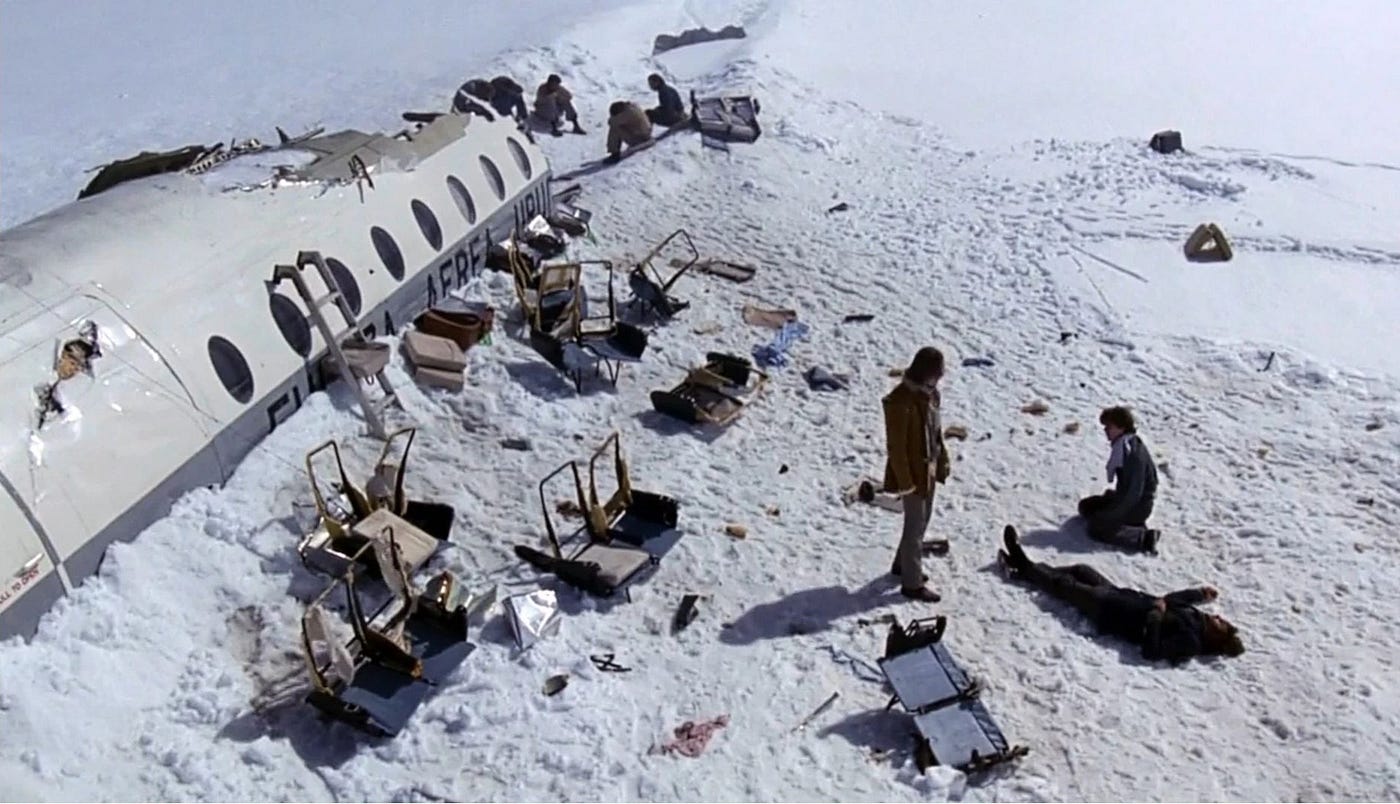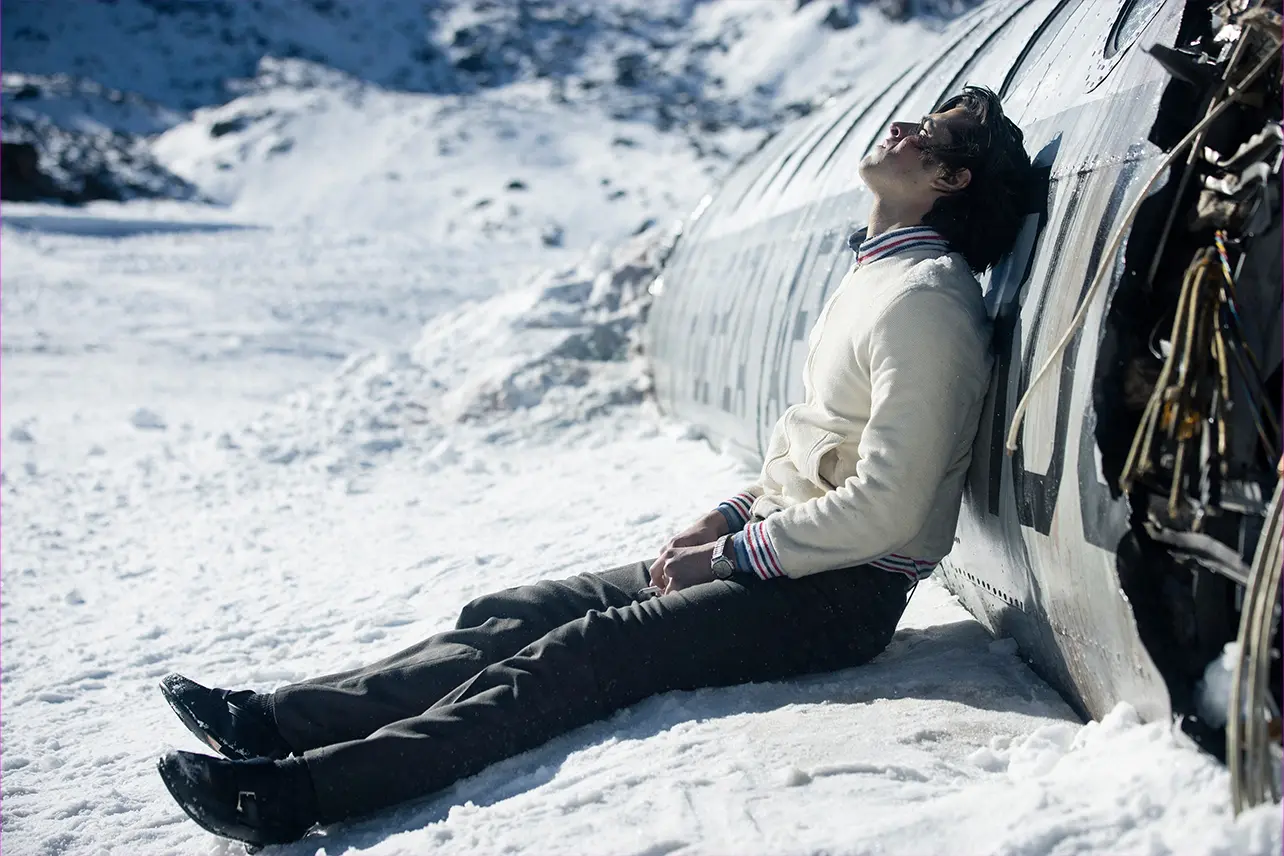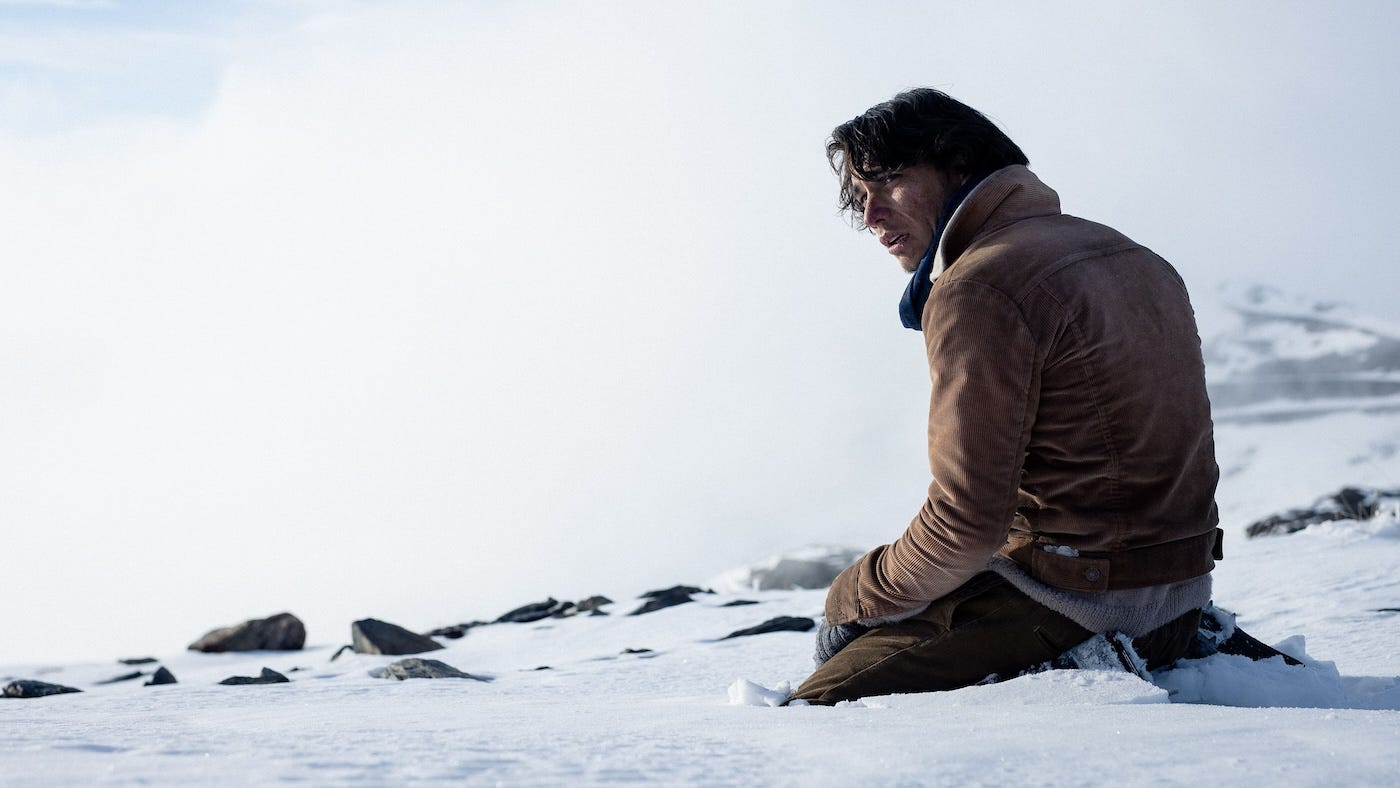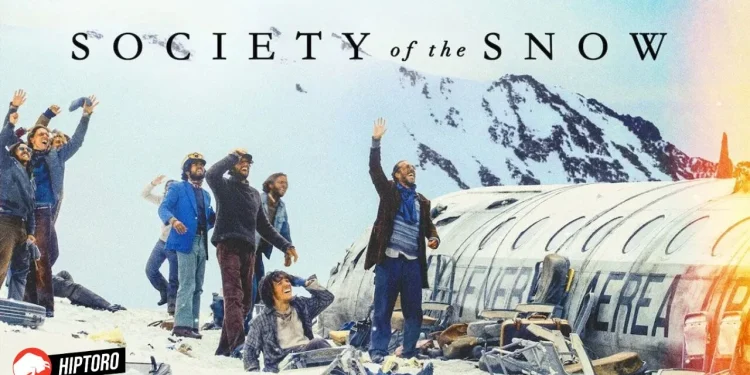In the realm of survival thrillers, few have captured the harrowing essence of human resilience quite like “Society of the Snow.” Directed by the acclaimed J.A. Bayona, this Netflix blockbuster offers a gripping portrayal of the 1972 Andes flight disaster. Yet, beneath its cinematic finesse lies a narrative that subtly omits a significant aspect of the real-life rescue operation, raising questions about the delicate balance between historical accuracy and storytelling.

The Essence of Authenticity: A Director’s Vision
J.A. Bayona’s meticulous approach to “Society of the Snow” sets it apart as more than just a survival drama. His collaboration with Pablo Vierci, author of the novel that inspired the film, infuses the narrative with a profound sense of authenticity. Vierci, deeply connected to the Andes tragedy through personal ties with the survivors, bridges the gap between the film’s dramatic interpretation and the raw truths of the incident.
Filming at the actual crash site, Bayona doesn’t shy away from the visceral reality of the situation. The movie’s stark depiction of gore, violence, and the overwhelming odds of survival against a merciless environment lends it a haunting realism. However, it’s this very commitment to authenticity that makes the film’s exclusion of a key rescue detail all the more intriguing.
me after society of the snow pic.twitter.com/MMKdREC4lV
— fee (@unstablestabler) January 7, 2024
The Harsh Reality of Rescue: What “Society of the Snow” Left Out
The climax of “Society of the Snow,” marked by a dramatic rescue operation, is undoubtedly its most poignant moment. However, the film glosses over a critical aspect of the real event: the incomplete rescue operation on the first day. According to Time, the challenging weather conditions in the Andes allowed for only six of the fourteen survivors to be airlifted to safety initially, leaving eight to endure another night in the harsh mountain environment.

This omission in the film might have been a narrative choice, aimed at maintaining a concise and emotionally impactful storyline. The film’s focus on the immediate rescue and its avoidance of the prolonged struggle of the remaining survivors arguably enhances its thematic coherence. Yet, this deviation from reality might also be seen as a missed opportunity to further explore the depths of human endurance and the complexities of rescue operations in extreme conditions.
Balancing Act: Cinematic License vs. Historical Accuracy
“Society of the Snow” walks a fine line between historical fidelity and the demands of cinematic storytelling. While its detailed portrayal of the crash and the survivors’ ordeal is commendable, the film’s selective narrative approach raises questions about the responsibilities of filmmakers in representing historical events. By choosing to streamline the rescue sequence, Bayona perhaps aims to present a more unified and emotionally resonant conclusion, but at the cost of overlooking a significant aspect of the actual events.

Conclusion: The Enduring Legacy of “Society of the Snow”
In the final analysis, “Society of the Snow” stands as a testament to the indomitable human spirit and the relentless pursuit of survival against all odds. Its blend of factual accuracy with narrative embellishments offers viewers a compelling, albeit incomplete, window into one of history’s most extraordinary tales of survival. As viewers and critics alike reflect on the film’s portrayal of the Andes disaster, the conversation around the ethical implications of cinematic adaptations of real-life events is sure to continue.










